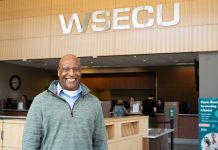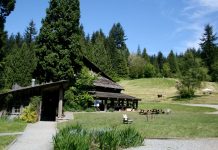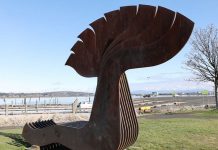In the early 20th century, the women’s suffrage movement surged across the United States, sparking an enthusiastic campaign for equal voting rights. In Snohomish County, the struggle for suffrage was not just a battle but a testament to the suffragettes’ bravery, determination, and unwavering courage. Explore the incredible journey of the women’s suffrage campaign in Snohomish County, illuminating the pivotal moments and extraordinary individuals who shaped history in this part of the Pacific Northwest.
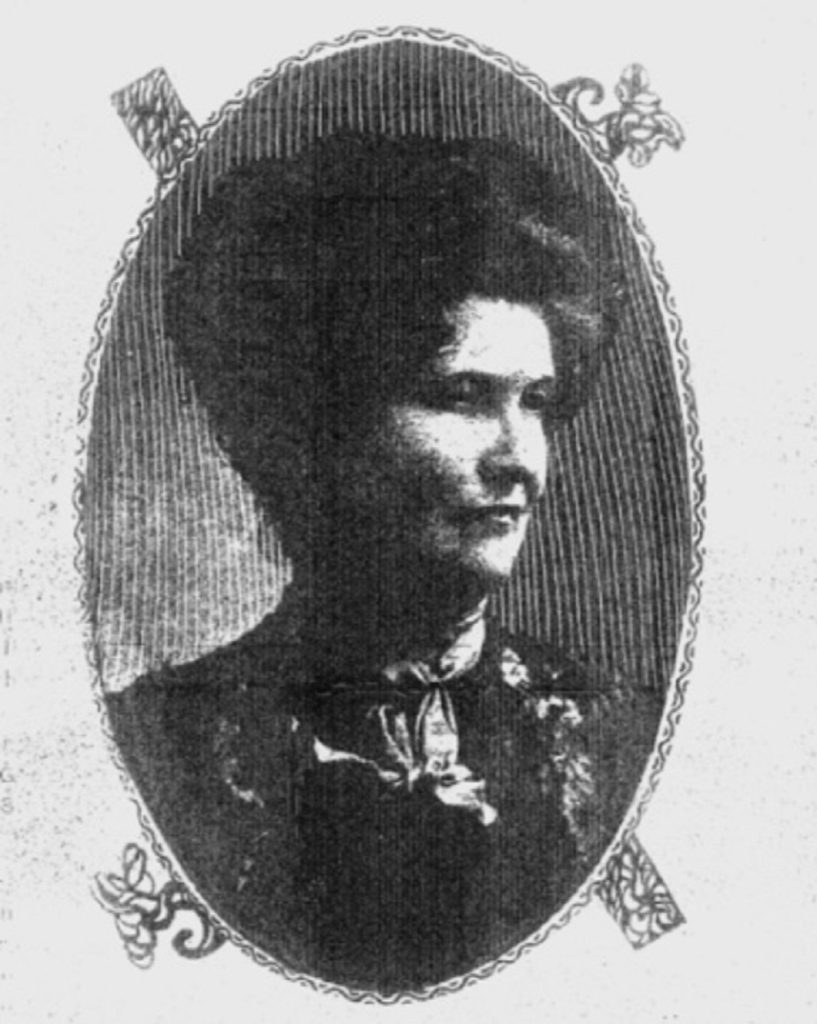
Snohomish County Women Lead the Charge for Suffrage
Women in Snohomish County played a vital role in Washington’s fight for women’s suffrage in 1910. A key figure was Missouri Hanna (1856-1926) from Edmonds. Hanna, a journalist by trade, spearheaded the publication of “Votes for Women,” the official newspaper of the Washington Equal Suffrage Association. Launched in 1909, this influential publication served as a platform for news from suffrage clubs across the state, editorials, cartoons, and political commentary. After the suffrage victory in 1910, the paper became “The New Citizen,” focusing on women’s issues and political endorsements.
In 1904, when she moved to Edmonds, she founded the “Edmonds Review.” A widow, Hanna turned to journalism to support herself and her daughters. Her unwavering advocacy for women’s rights led her to establish “Votes for Women.”
Missouri Hanna’s voice was a powerful one in the suffrage movement. She vehemently argued against the misconception that granting women suffrage would disrupt their domestic duties. Her clear and logical assertions, such as voting not taking much time and not preventing women from fulfilling their roles as wives and mothers, helped dispel these myths. She also highlighted the absurdity of women standing on crowded streetcars while men sat comfortably, a situation she believed would change with suffrage.
Hanna’s publication, a beacon of light in the suffrage movement, highlighted other prominent Snohomish County suffragists. Some were educators, like Mary McNamara, president of the Snohomish County and Edmonds Equal Suffrage Clubs, and Rainie A. Small, a long-time teacher and school superintendent who actively supported the Grange, a social and political organization for farmers.
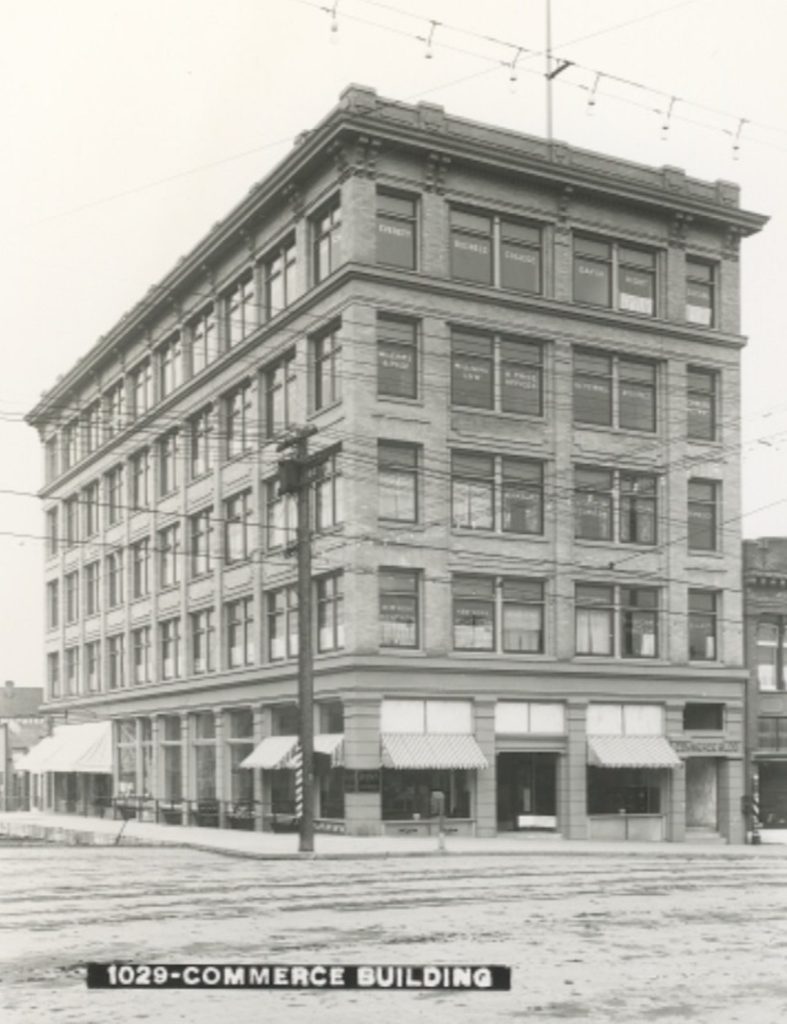
Everett: A Hub for Labor and Suffrage
The city of Everett, with its large labor force, emerged as a crucial hub for the suffrage movement. Workers, both men and women, saw voting as a means to secure better working conditions, safety regulations, and the eight-hour workday. The enfranchisement of women was seen as a way to prevent their exploitation as low-wage labor, thereby leveling the playing field.
The September issue of “Votes for Women” highlighted the success of the Everett Suffrage Club in garnering media attention. The club received regular coverage in local newspapers, reaching a broad audience. Strategically located in the bustling Commerce Block, the club displayed a prominent yellow banner urging residents to “Vote for Amendment, Article VI: It Means Votes For Women” on election day. Since ballots lacked explicit wording on women’s suffrage, the club aimed to educate voters on how to cast their ballots in favor of the amendment.
Dr. Ida Noyes McIntyre (1859-1932), a dedicated suffragist who had helped secure women’s right to vote in Colorado, served as the Everett club’s Vice President. She generously offered her clinic as a meeting space for the club.
A pivotal moment in the campaign unfolded on July 5, 1910, during a Billy Sunday revival in Everett. Ella M. Russell, the president of the Everett Suffrage Club, bravely confronted anti-suffrage rhetoric from Mrs. Rae Muirhead, a Bible speaker. Muirhead believed women’s role was to raise sons who would vote responsibly. Russell denied the opportunity to speak from the podium and addressed the crowd from a bench, emphasizing the respectful nature of the club’s outreach to Muirhead. Missouri Hanna, reporting on the event in “Votes for Women,” credited Russell’s resourcefulness and the club’s innovative strategies for propelling Everett to the forefront of the suffrage campaign.
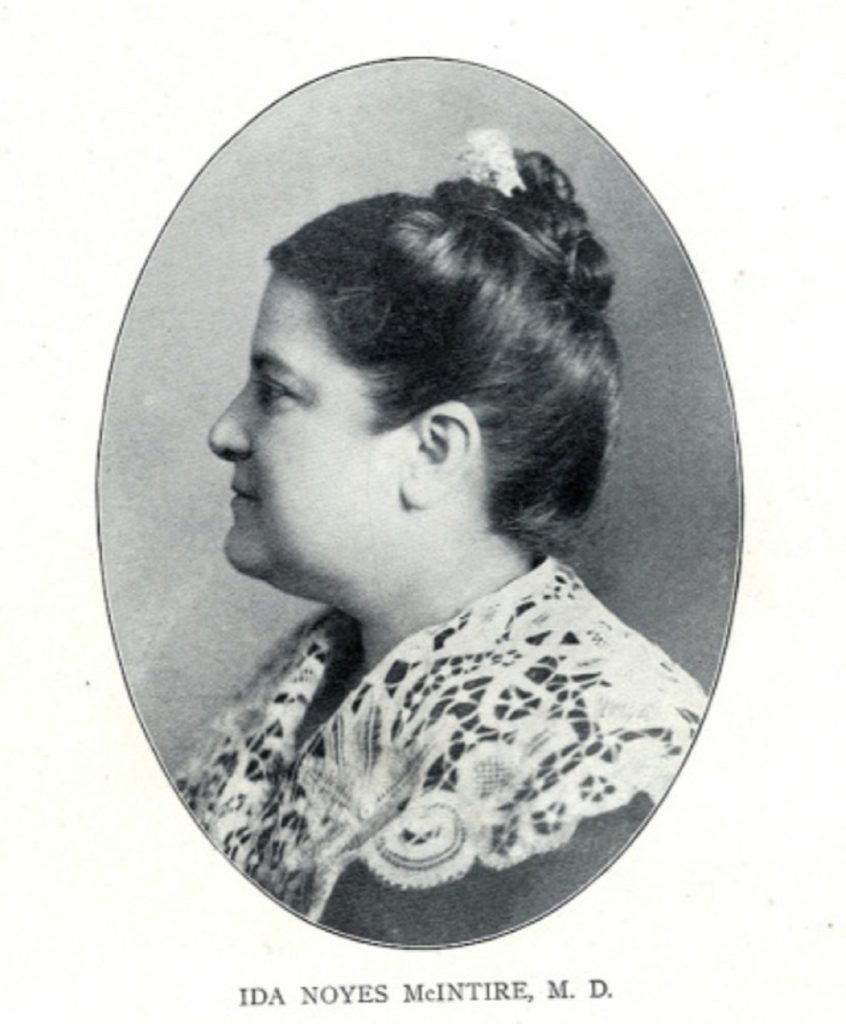
Beyond the Headlines: Diverse Suffragists and Strategies
“Votes for Women” also documented the contributions of women who may not have received recognition in mainstream media. For instance, the paper highlighted the work of homemakers who organized petition drives, fundraising events, and educational talks within their communities. These women, often invisible in historical narratives, played a crucial role in garnering grassroots support for suffrage.
The suffrage movement in Snohomish County was not monolithic. While some suffragists, like Hanna and Dr. McIntyre, focused on legal and political reforms, others emphasized social and economic arguments. For example, some clubwomen spoke at Grange meetings, highlighting how women’s suffrage could benefit agricultural families. They argued that women deserved a say in policies affecting rural communities’ education, healthcare, and infrastructure development.
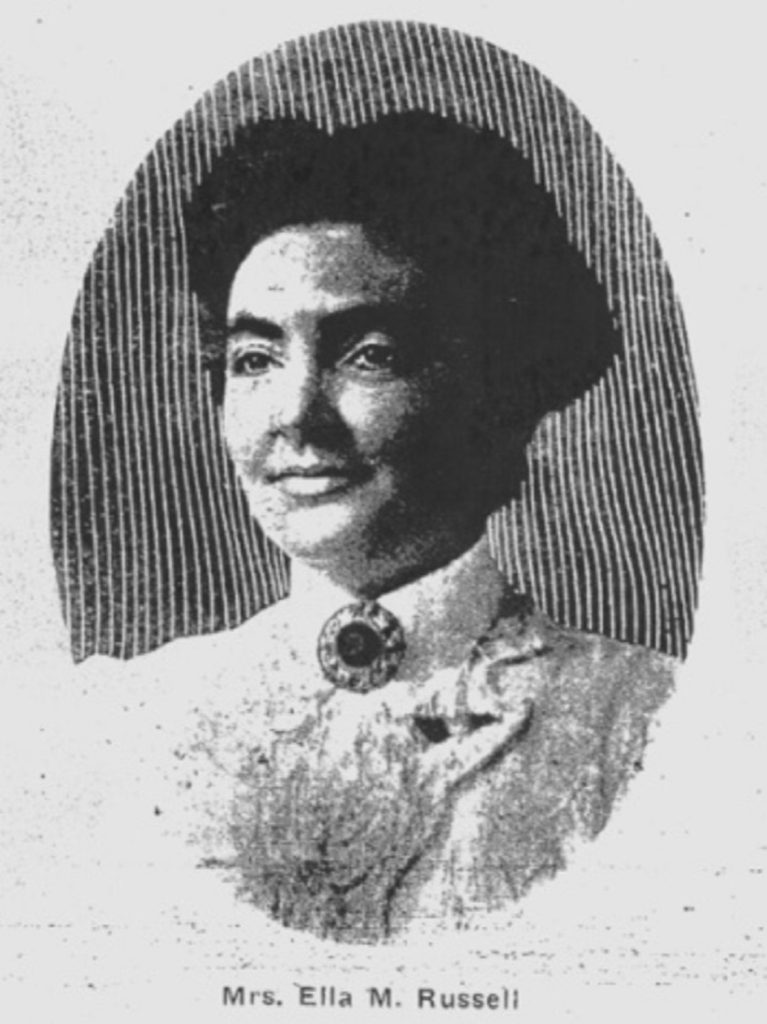
The Legacy of Snohomish County Suffragists
Let the legacy of the suffragists be a torch we carry forward for the future of our young women. Their fight for a voice at the ballot box ignited a flame of equality that continues illuminating our communities. As we celebrate the women who shaped Snohomish County, past and present, let us draw inspiration from their unwavering spirit. The fight for justice can take various forms, but the bravery to speak, envision, and act is a valuable legacy to inherit. Let us continue to write the next chapter in this extraordinary story, ensuring that every voice and woman has the power to shape a brighter future for our little girls.
For more information on Snohomish County and our women in history, visit Snohomish Library.




